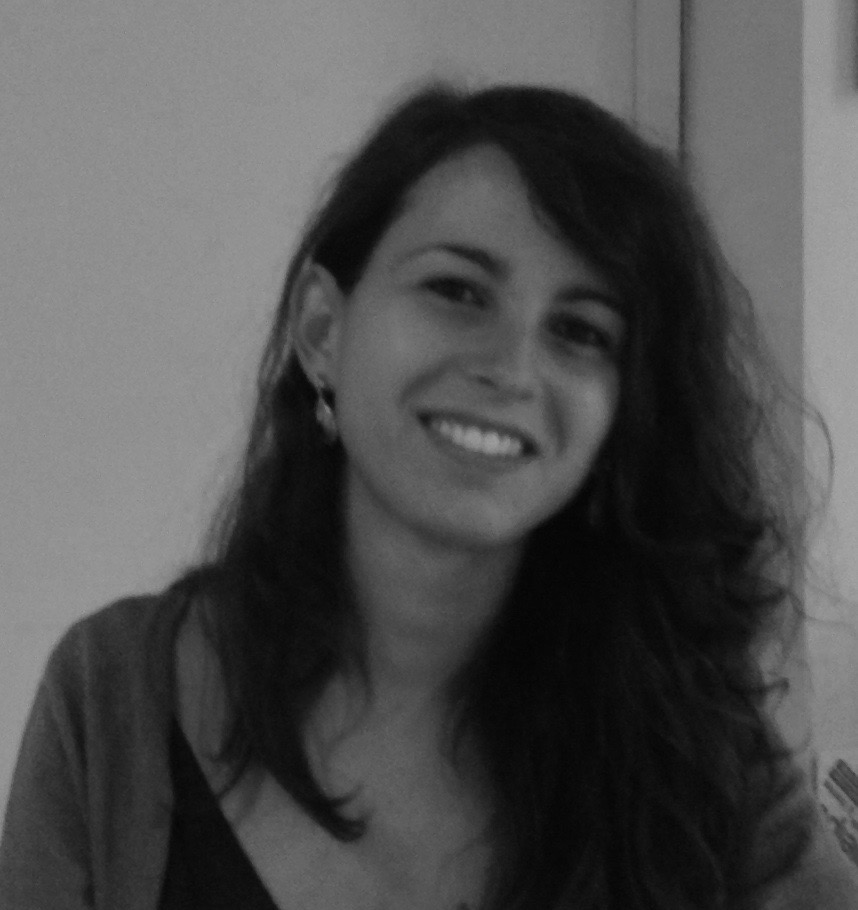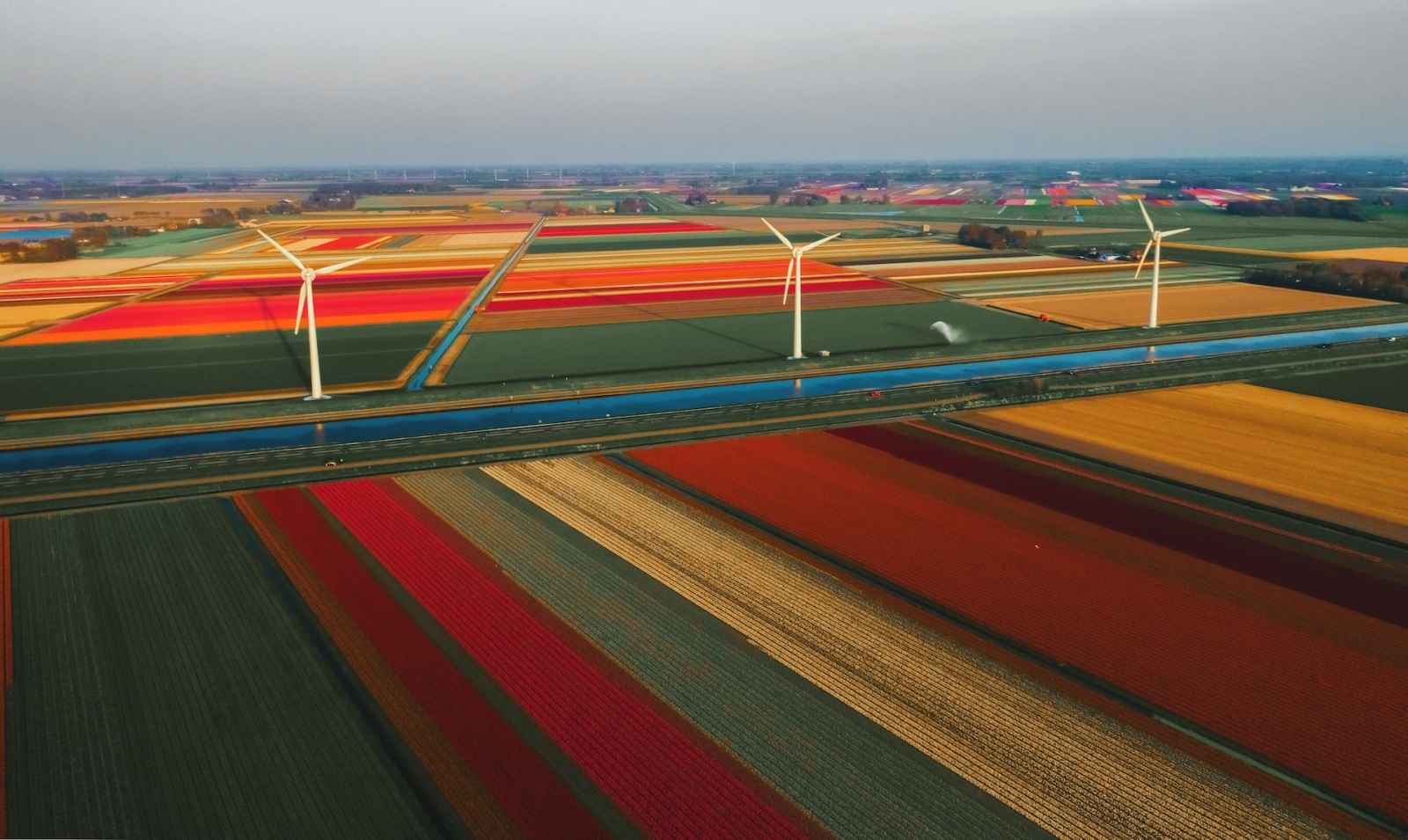According to the Circularity Gap Report – The Netherlands, https://www.circularity-gap.world/netherlands the Dutch economy is 24.5% circular. Targeted strategies, especially in the key sectors of agriculture, construction, energy, and manufacturing could triple The Netherlands’ Circular Metric, raising it to 70%.
In fact, the Dutch government has ambitious goals: to halve the consumption of raw materials by 2030 and bring about a fully circular economy by 2050.
The government is working to implement a highly ambitious plan to find more efficient ways of utilizing raw materials and creating a sustainable and zero-waste economy, building long-term partnerships with industry, civil society organisations, research institutes and universities, unions, financial institutions, and environmental organisations.
Given the urgency of the transition, the government programme titled A Circular Economy in the Netherlands by 2050 was launched in October 2016. This national plan outlines a 360-degree vision for the successful implementation of the circular economy. The government set out three goals for achieving the transition as rapidly as possible: ensure that production processes use raw materials more efficiently to decrease demand; if new raw materials are needed, use ones that are renewable, widely available, and manufactured sustainably; develop new manufacturing methods and design new circular products.
Transition agendas and implementation programme
In January 2017, a few months after the plan was drafted, the Dutch government, alongside the signatories of the Raw Materials Agreement and over 400 organisations including businesses, unions, environmental organisations, and local governments, signed a letter of intent regarding a National Agreement on the Circular Economy to be implemented through the development of Transition Agendas in five priority sectors. The areas identified by the agreement, crucial for the Dutch economy and due to their extensive environmental footprint, are construction and infrastructure, the manufacturing industry, food and biomasses, consumer goods, and plastics.
The Transition Agendas address the most significant issues for these sectors from a circular perspective, such as extended producer responsibility, legislation and regulations, market incentives, monitoring, know-how, and innovation. Looking more closely at these Agendas, what stands out are undoubtedly the best practices and numerous initiatives carried out in the construction sector, such as the creation of the De Circulaire Bouwcatalogus (the Catalogue of Circular Buildings), which includes inspiring examples of circular products and services in the construction sector, or the Smart Crusher, which has developed a technique for the recovery of sand, gravel, and cement from concrete.
Subsequently, in February 2019, the Circular Economy Implementation Programme 2019-2023 was launched (updated in 2020, 2021, and still currently being updated). In the same year, PBL Planbureau voor de Leefomgeving, the government’s environmental assessment agency, published Circulaire economie in kaart, a report containing an inventory of existing circular businesses and an assessment of related jobs. According to the report, the Dutch economy has some 85,000 circular businesses that employ approximately 420,000 people, equivalent to 4% of jobs.
In the words of Freek van Eijk, director of Holland Circular Hotspot (HCH), “The circular economy is part of our DNA. We live in one of the most vulnerable delta regions of the planet. Since the Middle Ages, we have had to work to keep our lands dry. This has made us collaborative and innovative. We are a country that has no resources, so it makes a lot of sense to keep the ones we have in circulation. We started working on waste management in 1875, first from a hygiene standpoint, then from an environmental one, and then with a view to the entire value chain. Now, we do it from a systemic perspective”.
Holland Circular Hotspot is a public-private platform for companies and local authorities that enables collaboration and the exchange of knowledge and experience of the Dutch circular economy to stimulate entrepreneurship. The activities of the government and HCH highlight how the Dutch model is based on the importance of collaboration, the constant practice of sharing and spreading best practices, and a systemic approach. Also, van Eijk continues “if we consider indicators like the utilization rate of circular materials and the latest EU statistics, The Netherlands is at the leading edge in Europe. We have the highest utilization rate for circular materials, and we are doing good things, but we realise that there is still a lot of work to be done. The country’s Circularity Gap score is the highest measured thus far, at 24.5%, but that implies that in 75.5% of cases, we are not circular. We face a huge challenge ahead, with lots of room for improvement, but it is necessary to work on all fronts with a national strategy, with the various roadmaps and local incentives at the level of individual councils, with public and private bodies working together to find shared, pioneering solutions.”
The crown jewels of the Dutch circularity strategy, in addition to those partnerships, are the promotion and facilitation of circular initiatives. These also include voluntary agreements, such as the Concrete Agreement Netherlands and the Plastic Pact NL.
Meanwhile, specifically referring to water-related resilience, the Delta Programme is the national plan through which the Dutch government has launched innovative partnerships with citizens, businesses, research institutes, and NGOs. In the Delta Programme, The Netherlands’ resilience in relation to water resources is built on three pillars: flood risk management (which requires constant improvement of dams, coastal maintenance, and greater space given to rivers), freshwater supply, and on-the-ground adaptation through landscape redesigning to counter extreme weather events such as heatwaves, droughts, water stagnation, and flooding, which, as a result of climate change, are set to occur with greater severity and frequency in the future.
The results of public and private efforts for the achievement of a circular economy are tangible. Among these, the Updated Circular Economy Implementation Programme (UPCE) cites the Denim Deal, with which brand owners and retailers who signed the pact committed, among other things, to collaborate throughout the value chain to manufacture three million pairs of jeans over the next three years containing at least 20% of post-consumer recycled cotton fibre.
Another result is the province-by-province mapping of circular economy plans, in which the Dutch provinces present their targets for achieving a circular economy. Allowing material and waste flows to cross provincial and international borders is of crucial importance and will require collaboration for implementation, legislation, and further development of circularity.
A further example is the CIRCO Programme, which encourages circular design among businesses and designers of products and services. By mid-2021, about 1,000 companies had taken part in a Circular Business Design Track, in which they received support in the development of a circular commercial proposal for one of their products, pieces of equipment, facilities, or services.
Need for binding policies and EU regulations
The Netherlands recycles 80% of its waste. This places them among the top performers in Europe, even though it is often low-quality recycling. The use of primary raw materials for Dutch consumption is lower by one-fifth than the EU average.
However, despite consistent efforts and the greater efficiency of the Dutch economy, the total quantity of natural resources used has remained unchanged since 2010. According to the first Integral Circular Economy Report (ICER) for The Netherlands, published by PBL and synthesising the country’s use of raw materials and the related environmental pressures and socio-economic effects, supply risks, especially for critical metals, have increased for the Dutch economy.
The ICER report, which contains governmental policy guidelines for the transition and describes stakeholder actions, resources committed, and ongoing government intervention measures, states that to achieve a fully circular economy by 2050 a more binding policy approach will be required. This could include taxation, legislation, standardisation, and the inclusion of environmental harm – negative externalities – in the prices of products and services. The development of legislation and regulations that to do put circular initiatives at a disadvantage compared to existing production practices is vital but it requires involvement at the EU level.
In fact, EU policy is of great importance to The Netherlands when it comes to making further steps toward a circular economy. Regulations on extended producer responsibility and requirements for product design and repair are crucial because they guarantee greater parity of conditions among member states.
Naturally, to make these changes happen quickly, it is necessary to start conversations and develop innovations at the European and global levels, given that raw material supply chains and material flows are global, and that waste has international trajectories. With this aim, the Dutch government is working bilaterally with other nations, regionally and within the United Nations and European Union, and it is an active part of multistakeholder platforms such as the Platform for Accelerating the Circular Economy (PACE), based in The Hague.
Entrepreneurial spirit
The Netherlands is facing the circular transition with practicality and decisiveness, combining economy and sustainability in new business models.
Thus, businesses respond to political initiatives. The vast majority of Dutch companies with a circular approach focus on repair, recycling, and reuse, and have been active in this field since before there was a circular economy policy. Second-hand retailers are also an example of this. However, attention is growing toward innovations that could radically improve the efficient use of natural resources, new business models in which consumers pay for use rather than ownership, and forms of financing and tariffs that would support such models. It is no coincidence that The Netherlands has a single national bike-sharing programme, OV-fiets, and invented Pay per Lux or Light as a Service (LAAS), developed by Philips alongside RAU Architecten and promoted worldwide as Circular Lighting by Philips Lighting, now Signify.
Innovative businesses, startups, scientific research, subsidies, and Dutch circular economy projects are mostly technological in character. Durable and modular headphones by Repeat Audio, washing cycles as a service by Bundles, kitchens as a service by Chanable, waste programming and prediction services by geoFluxus, and Hydraloop’s certified water recycling system are all examples of The Netherlands’ innovative and circular entrepreneurship.
Even the fashion and textiles sector is making considerable steps forward in a circular direction thanks to public and private initiatives. An example is Amsterdam-based Fashion for Good, a global initiative and interactive museum that on the one hand, explains the environmental impact of fashion while on the other hand, it highlights the stories hidden behind the clothes we wear and promotes initiatives and clothing companies that are trying to have a positive impact on people and the planet. These include many Dutch companies such as MUD Jeans, a certified denim brand that produces and rents out jeans made from 40% recycled content, LENA, a clothing library, Waste2Wear, which creates innovative products from recycled plastic, and Fruitleather, which has invented a leather-like fabric manufactured using fruit residues. In terms of textiles recycling, there is no lack of innovative technologies, such as Fibersort, which automatically sorts through large volumes of post-consumer mixed textiles based on the type of material, whose development was funded by the Interreg NWE programme for the promotion of transnational cooperation in north-western Europe and led by Circle Economy.
Image: Redcharlie (Unsplash)



